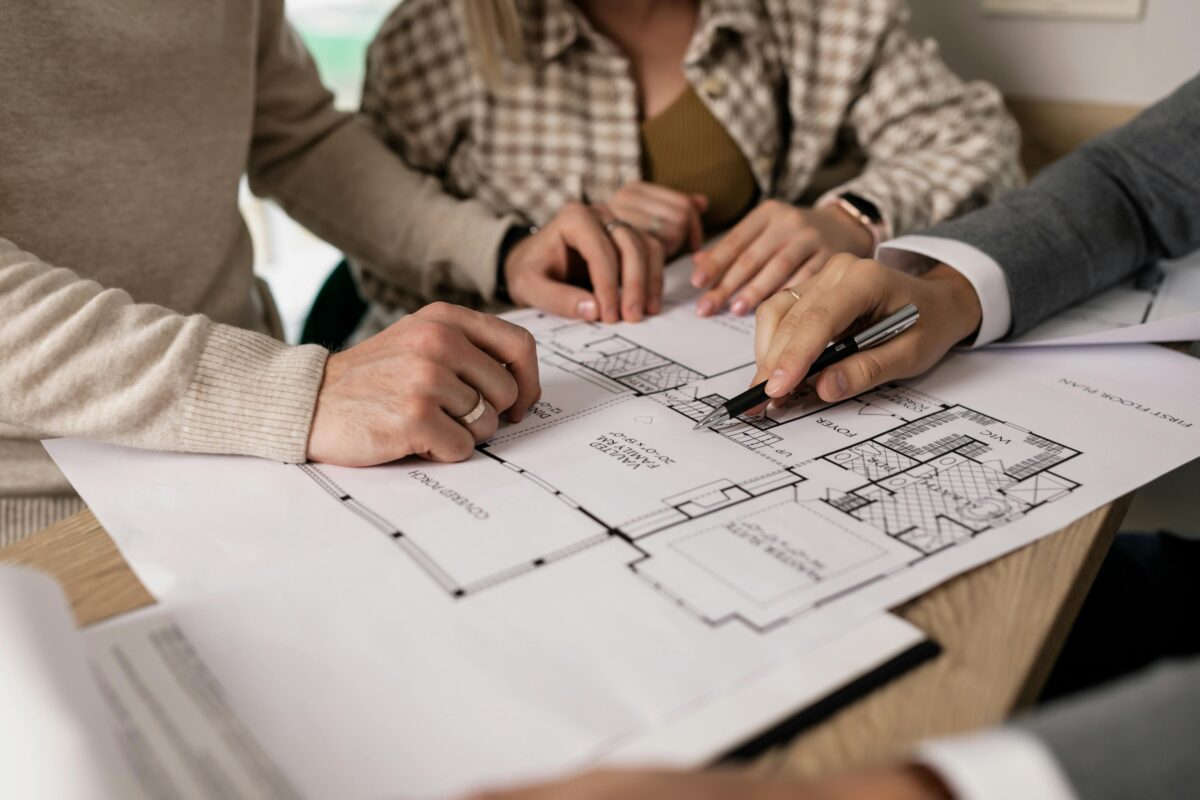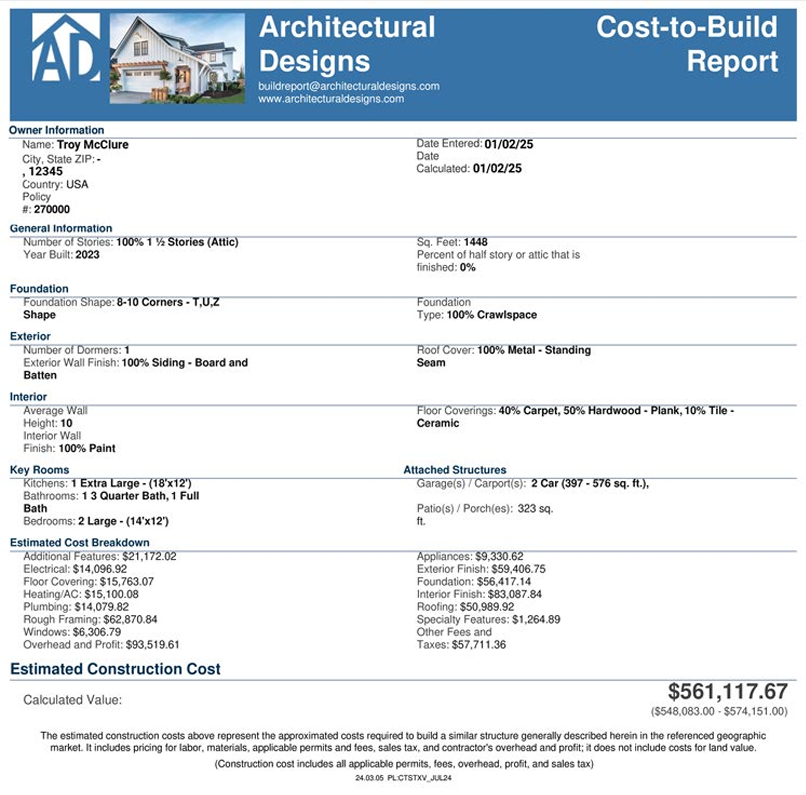8 Ways to Reduce the Cost to Build Your New Home

Building your own home is an exciting milestone, and keeping costs manageable can make the process even more rewarding. While many factors influence building costs—like material quality, land characteristics, and builder labor costs—there are practical design choices that can help reduce expenses. Let’s explore some helpful tips that could make a big difference in your home’s cost to build!
1. Keep the Footprint Simple
The shape of your home directly impacts how complex (and costly) it is to build. Designs with fewer corners—like rectangular or square house plans—are more budget-friendly because they simplify the foundation and framing process. A square home, for example, requires fewer materials than a house with a highly irregular shape. Fewer corners can also mean less labor, making this an easy way to save on construction without sacrificing functionality.
2. Build Up, Not Out
Looking to maximize your space without inflating costs? Two-story house plans are often more affordable than sprawling one-story designs. A taller home requires less foundation and roofing material—two significant expenses in construction. For example, a 2,000 sq. ft. two-story home needs only half the foundation and roof of a 2,000 sq. ft. single-story home. This choice can also leave more room on your lot for outdoor living spaces or future additions.
3. Simplify the Roofline
Complex rooflines with multiple peaks, valleys, and dormers are striking, but they come with higher costs for materials and labor. A straightforward roof design, like a gable or hip roof, can significantly lower expenses. If you love the look of a more intricate roof, consider incorporating design details elsewhere, like bold exterior finishes, to achieve the same wow factor at a lower cost.
4. Choose Budget-Friendly Materials
The materials you select can make or break your budget. Standard options like vinyl siding, engineered wood, or composite shingles can reduce costs while still offering durability and aesthetic appeal. For interior finishes, consider alternatives like quartz countertops instead of natural stone like marble or luxury vinyl planks instead of hardwood. These choices can give your home a polished look without straining your wallet.
5. Consider Region and Land Characteristics
Your location plays a big role in building costs. The price of materials, labor, building permits, and fees can vary greatly depending on your region. Additionally, the characteristics of your land can impact costs. For example, plots on a slope often require grading, deeper foundations, or even retaining walls to hold the foundation in place—all of which add to the overall expense. When choosing land, it’s worth considering how its natural features might affect your budget.
6. Think About Size and Scale
The size of your home has a direct impact on building costs. Every square foot adds materials, labor, and time. To save, focus on an efficient floor plan that meets your needs without unnecessary extras. For example, an open-concept living area can create a spacious feel without adding square footage. And remember—downsizing doesn’t mean compromising; it often means smarter, more intentional design.
7. Plan for Energy Efficiency
Energy-efficient features might sound like an added expense, but they often save money over time. Simple upgrades like energy-efficient windows, LED lighting, and well-placed insulation can lower utility bills and reduce your home’s environmental impact. Even passive design choices, like positioning your home to maximize natural light, can help you save on heating and cooling costs in the long run.
8. Work with Your Builder
Your builder is a key partner in managing costs. They can help identify ways to adjust your plan for your budget while keeping your vision intact. For example, swapping out high-maintenance exterior materials or streamlining mechanical systems could save money. Using tools like a Cost to Build Report can provide valuable insight into the expected expenses for your chosen house plan, empowering you to make informed decisions every step of the way.
Stay on Track with Our Cost to Build Reports
Designing a budget-conscious home starts with thoughtful decisions and the right tools to guide you. From selecting a simple footprint to choosing cost-effective materials, every detail contributes to your dream home—and that’s where our Cost to Build Reports can make all the difference. These detailed, location-specific reports provide accurate estimates for labor, materials, and more, helping you make informed decisions at every step of the process. Whether you’re comparing plans or refining your design, a Cost to Build Report gives you the clarity and confidence to move forward.
Ready to take the first step? Explore our curated collection of over 25,000 house plans and discover which one you’ll bring to life!














